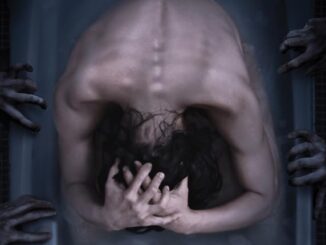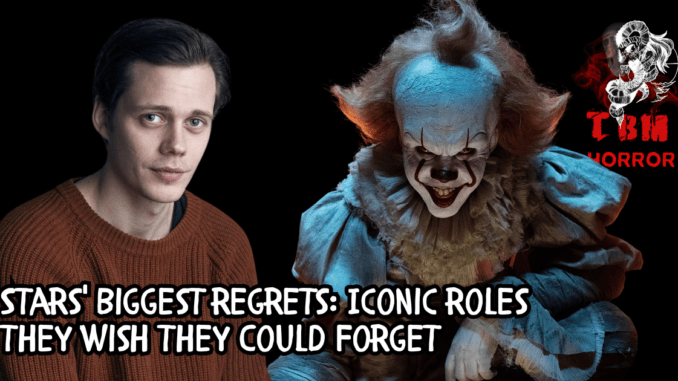
The Regrets of Jamie Lee Curtis: Behind the Scenes of “Virus”
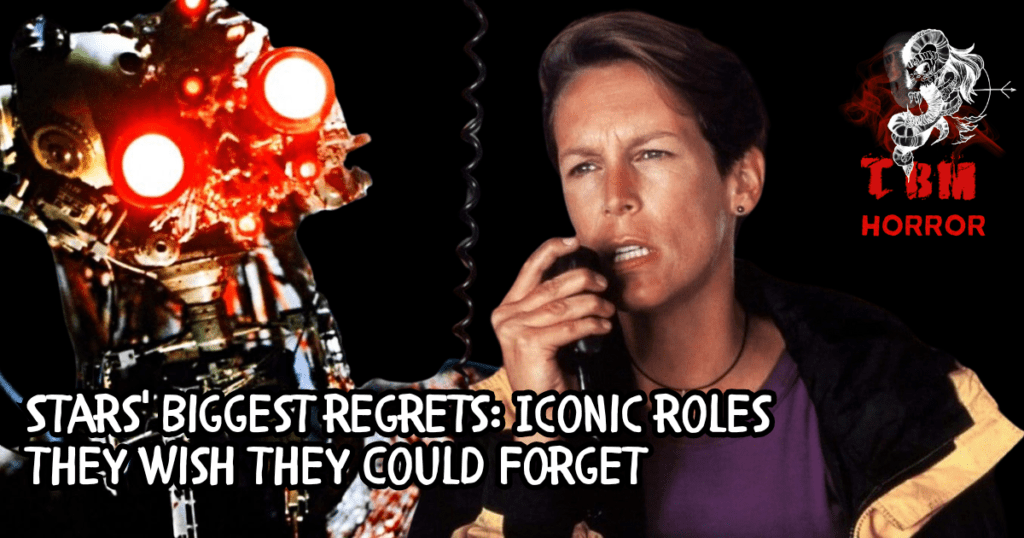
Jamie Lee Curtis is well-known for her iconic roles in the horror genre, particularly the “Halloween” series. However, one of her projects, the 1999 film “Virus,” is a film she wishes she could forget. The movie, which combined elements of science fiction and horror, was a critical and commercial failure, and Curtis has not shied away from expressing her disdain for it.
The Troubles with “Virus”
“Virus” tells the story of a tugboat crew who encounter a derelict Russian research vessel that has been taken over by a malevolent alien presence. Despite an intriguing premise, the execution fell flat. The film was criticized for its derivative plot, poor lighting that left much of the action hard to see, and special effects that did not impress the audience or critics. Roger Ebert notably gave the film a dismal review, lamenting its lack of suspense and visual clarity.
Curtis has been brutally honest about her feelings towards the film, describing it as “unbelievably bad” and “just bad from the bottom.” She recounted a particular scene where her character hides under stairs from an alien, a moment she found particularly absurd given the context of the movie. This reflects a broader frustration with the script and the film’s execution, which she felt doomed the project from the start.
Marketing Misfires and Cult Following
Despite its failure at the box office and poor reviews, “Virus” attempted an ambitious marketing campaign, including a line of action figures and a tie-in video game. However, these efforts did little to salvage the film’s reputation at the time of its release. Interestingly, over the years, “Virus” has gained a cult following, with some viewers appreciating its B-movie charm and moments of unintended humor.
Reflections on a Career in Horror
While “Virus” remains a low point in Curtis’s filmography, she has continued to embrace her more successful roles in the horror genre, particularly her ongoing participation in the “Halloween” franchise. Her experience with “Virus” serves as a reminder of the unpredictable nature of film success and the challenges actors face when projects do not meet expectations.
Curtis’s candidness about her experiences in “Virus” and other projects provides valuable insights into the complexities of filmmaking and the personal impact a challenging project can have on an actor’s career.
Anne Hathaway’s Regrets Over “The Witches”
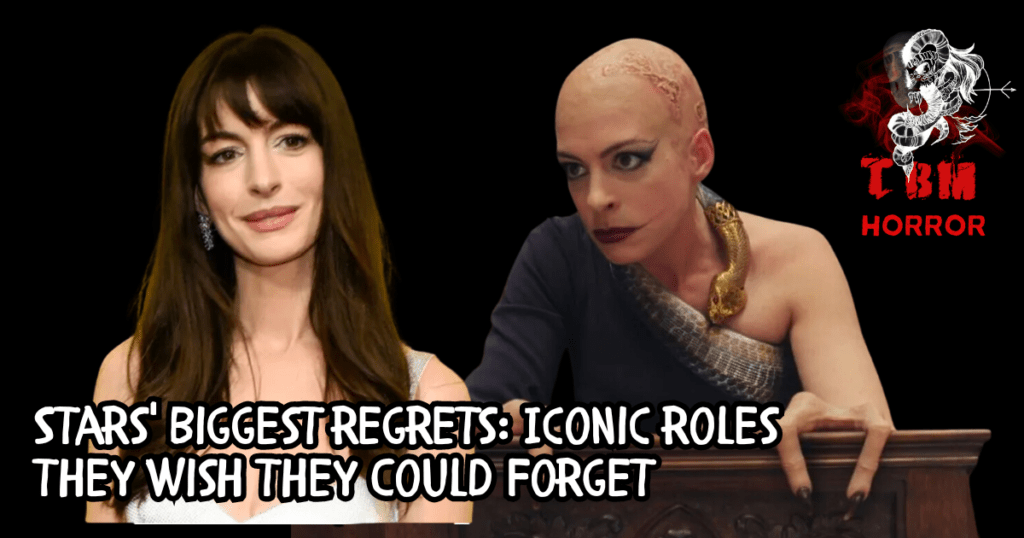
Anne Hathaway, known for her role as the Grand High Witch in the 2020 adaptation of Roald Dahl’s “The Witches,” faced significant backlash due to the portrayal of her character’s physical appearance. The character was depicted with three elongated fingers on each hand, a choice that inadvertently resembled the medical condition ectrodactyly, also known as “split hand.” This representation led to criticism from the disability community, who felt that the portrayal could perpetuate stereotypes and fears about limb differences.
Hathaway responded to the controversy by issuing a heartfelt apology, emphasizing her commitment to inclusivity and expressing regret for any pain caused by the depiction. She acknowledged that she had not initially connected the character’s design with limb differences and assured that, had she made the connection, the portrayal would have been approached differently. She specifically addressed her apology to children with limb differences and their families, expressing her intent to do better in the future.
The controversy highlighted the broader issue of how physical differences are represented in media and the impact such portrayals can have on public perception and the individuals represented. Hathaway also supported the Lucky Fin Project, a non-profit organization that raises awareness and celebrates individuals with limb differences, encouraging her followers to engage with the project and learn more about limb difference inclusivity.
This incident serves as a reminder of the responsibilities filmmakers and actors have in considering how their portrayals can affect audiences, especially those from marginalized or misunderstood communities. Hathaway’s response was seen as a sincere effort to address the concerns raised and to advocate for more thoughtful and inclusive representation moving forward.
Bill Skarsgård’s Pennywise: A Haunting Legacy Amidst Backlash
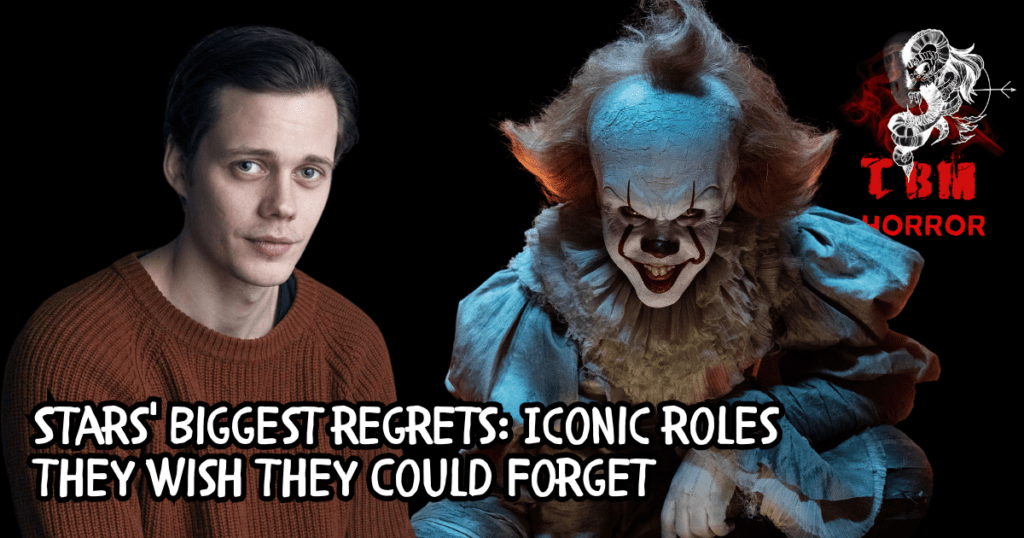
Bill Skarsgård’s transformation into Pennywise for the “It” series stands as a profound chapter in his career, marked by early challenges and eventual acclaim. When the first images of Skarsgård as Pennywise were released, they faced significant backlash from fans. This early criticism was deeply unsettling for Skarsgård, causing him stress and sleepless nights as he questioned his involvement in such an iconic role. However, these initial doubts fueled his determination to redefine Pennywise, pushing him to embrace and enhance his portrayal of the menacing clown.
Despite the rocky start, the two “It” films were a box office triumph, collectively grossing around $1 billion worldwide. This commercial success underscored the impact of Skarsgård’s performance, which eventually won over critics and audiences alike, helping to cement his place in the pantheon of horror icons. Reflecting on the experience, Skarsgård acknowledged the personal growth he underwent, learning to navigate the pressures of Hollywood’s intense scrutiny and fan expectations. His journey with Pennywise not only showcases his resilience as an actor but also highlights the emotional complexities involved in taking on such a psychologically intense role.
Linda Blair and “The Exorcist”: A Traumatic Journey to Stardom
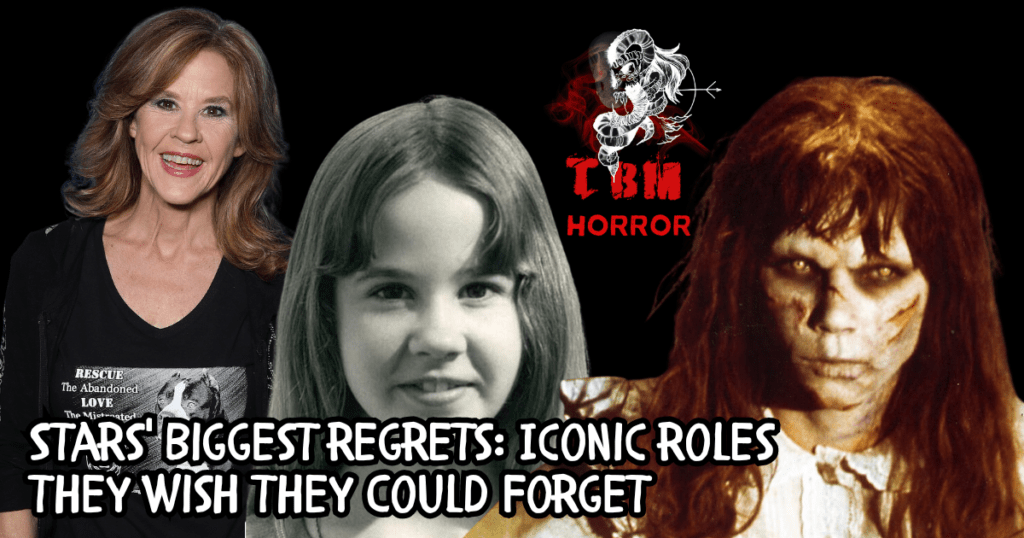
Linda Blair’s role as Regan in “The Exorcist” became one of the most iconic performances in horror cinema, but it came with significant personal costs to the young actress. At just 14 years old, Blair faced physically and emotionally grueling conditions during the filming of this horror classic. Director William Friedkin’s demanding approach included having Blair strapped to a mechanically rigged bed that was designed to simulate violent shaking. This setup caused Blair a spinal injury that escalated into scoliosis, leaving her with long-term health issues. The set itself was kept at sub-zero temperatures to make the actors’ breath visible, which was especially challenging for Blair who wore only a thin nightgown for many scenes.
The release of “The Exorcist” also brought intense scrutiny and invasion of privacy from the media and public. The film’s controversial themes led to backlash from religious groups, and Blair became the subject of severe criticism and even received death threats. This attention was overwhelming and distressing for Blair, impacting her personal life significantly. Despite the acclaim and a Golden Globe win, the role typecast her, limiting her career opportunities to similar troubled characters.
As Blair grew older, she struggled to transition to adult roles, often finding herself cast in low-budget films that did not match the early promise of her career. Despite these challenges, Blair later found a meaningful path in animal rights activism, channeling her experiences into positive endeavors.
The story of Linda Blair’s involvement in “The Exorcist” serves as a stark reminder of the potential personal costs of cinematic success, especially for young actors thrust into challenging roles. Her experiences highlight the need for protective measures for child actors in the film industry.
Jennifer Carpenter’s Deep Dive into Darkness: The Making of “The Exorcism of Emily Rose”
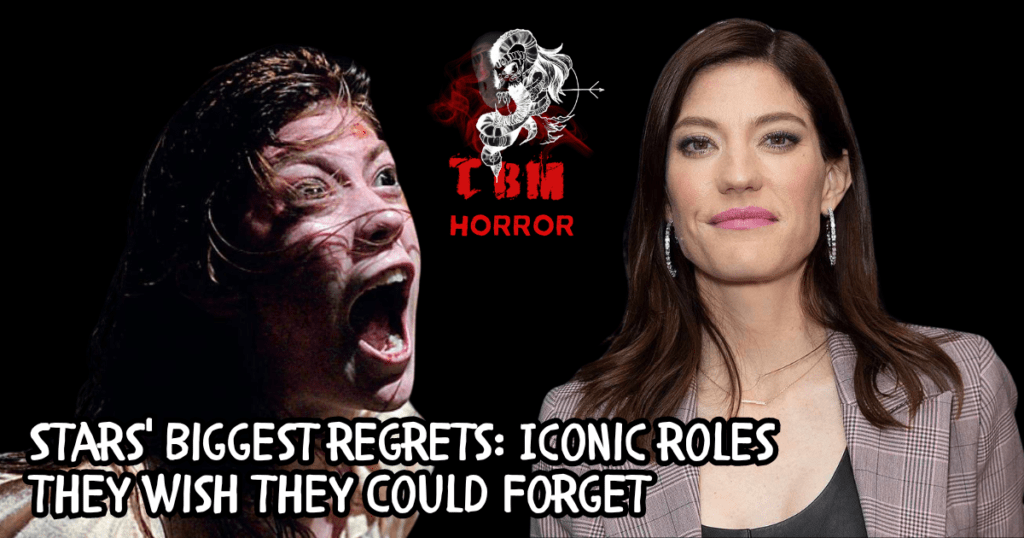
Jennifer Carpenter’s role in “The Exorcism of Emily Rose” was both physically and emotionally demanding, yet it remains one of her most memorable performances. Carpenter brought a unique authenticity to her portrayal of Emily Rose, a character inspired by real events, which involved intense physical contortions that she performed herself without the aid of special effects. This dedication added a raw and unsettling dimension to the film, earning it significant attention from the MPAA initially due to its disturbing content.
Throughout the production, Carpenter was deeply committed to accurately representing the real-life story that inspired the movie. She undertook extensive research, including reading the book on which the film was based, studying epilepsy and seizures, and even exploring kabuki theater to incorporate specific gestures into her performance. This preparation was crucial in delivering a performance that felt both real and deeply unsettling, reflecting the horror of demonic possession while maintaining the integrity of the character’s tragic story.
Carpenter’s engagement with the role didn’t stop at physical preparation; she also delved into the psychological and legal complexities of the story, exploring different perspectives to deepen her understanding of the character’s ordeal. This comprehensive approach helped her navigate the film’s intense demands and contributed to the film’s success, both critically and at the box office.
The role of Emily Rose had a significant impact on Carpenter’s career, showcasing her ability to handle complex roles and leaving a lasting impression on audiences and critics alike. The film’s blend of courtroom drama and supernatural horror, along with Carpenter’s compelling performance, set it apart from typical horror movies and demonstrated her versatile acting skills.



